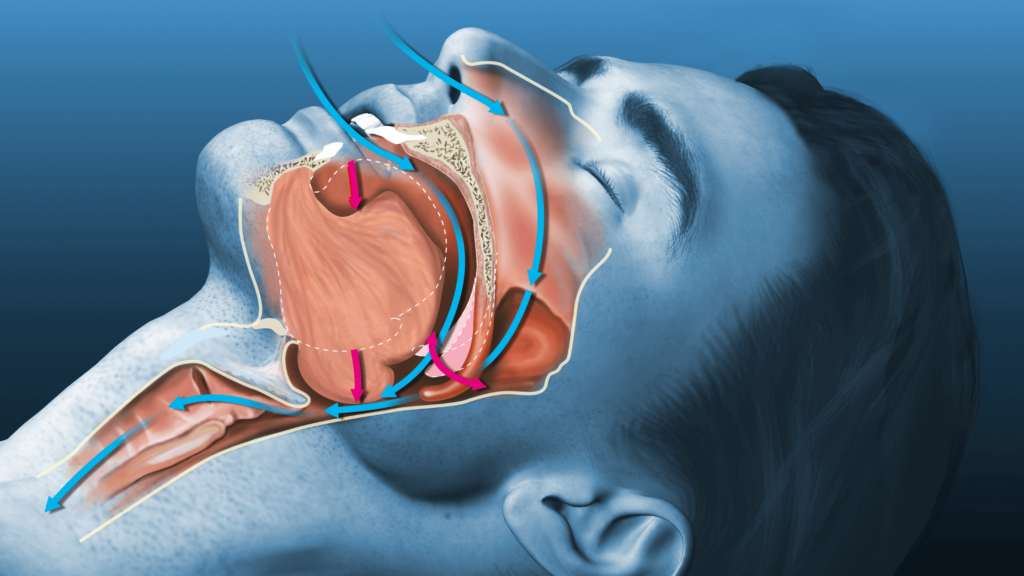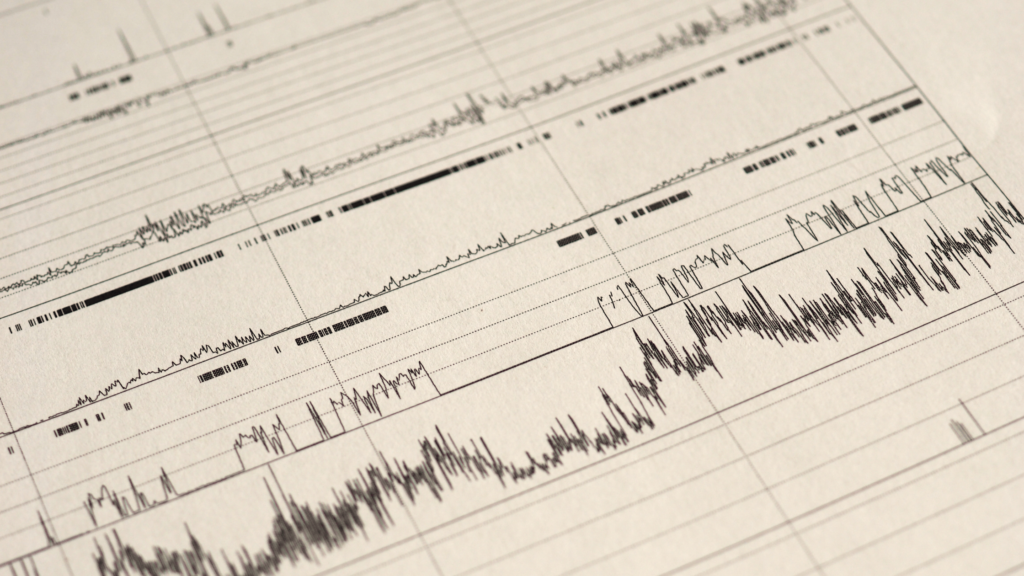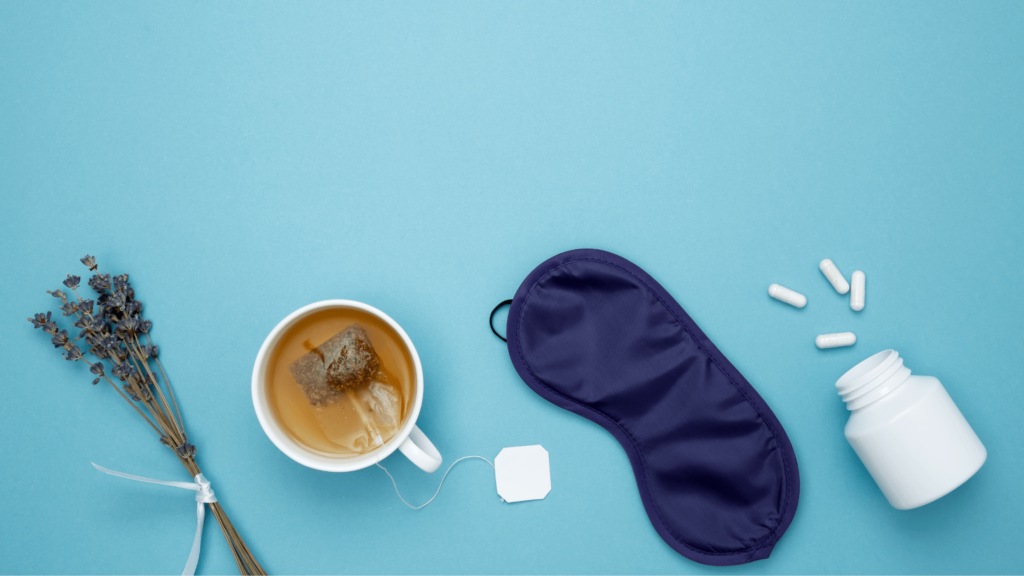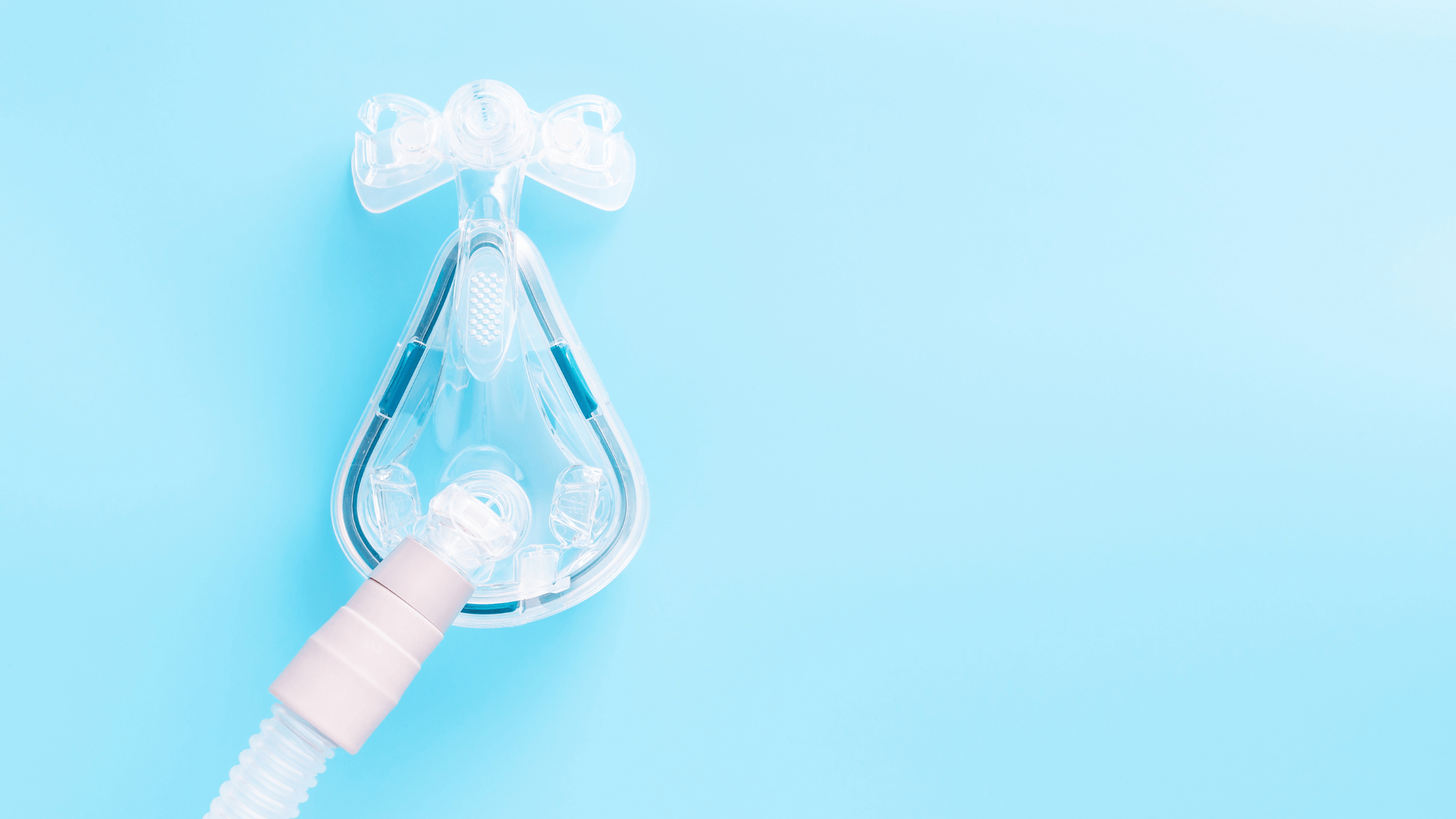Long work hours and physically demanding tasks strain workers in construction. When conditions like obstructive sleep apnea (OSA) go unaddressed, they intensify this exhaustion, leading to severe safety risks and productivity issues. Recognizing and managing sleep apnea within this industry is essential to safeguard workers’ health and prevent potential hazards on job sites.
Quick look
- Construction workers with sleep apnea face nearly double the accident risk due to fatigue, impacting job safety and productivity.
- Obstructive sleep apnea (OSA), characterized by airway blockages during sleep, is the most common form and a serious risk factor in demanding jobs.
- Men, who make up a significant portion of the construction workforce, are 2-3 times more likely than women to develop sleep apnea.
- Proper diagnosis, such as through a polysomnogram or CPAP machine use, is essential to managing symptoms and reducing workplace accidents.
- Lifestyle changes like weight loss, sleep positioning, and supplements can further reduce the impact of sleep apnea on health and safety.
What is sleep apnea?

Sleep apnea is a disorder where breathing repeatedly stops and starts during sleep, disrupting sleep quality and oxygen flow. The primary types are obstructive sleep apnea (OSA) and central sleep apnea.
- Obstructive sleep apnea (OSA) is the most common type. It is caused by a physical blockage of the airway, usually when throat muscles relax excessively. In construction, OSA poses significant risks, as sleep disruptions lead to reduced alertness and reaction times.
- Central sleep apnea: This form occurs when the brain fails to send proper signals to the muscles that control breathing, resulting in intermittent breathing. Although less common in the general population, central sleep apnea can still impact safety and health on job sites.
Prevalence of obstructive sleep apnea
OSA affects millions worldwide, with a significant portion undiagnosed. Studies estimate that up to 25% of adults experience some form of OSA. The prevalence is even higher among individuals in high-stress, physically demanding jobs like construction. This increase in risk reinforces the need for targeted interventions to protect these workers.
Who is affected by OSA?
Obstructive sleep apnea (OSA) is a condition that can affect people of all backgrounds, but it disproportionately impacts specific demographics. Men, especially those aged 40 and older, are 2-3 times more likely to develop sleep apnea than women. This statistic highlights a considerable risk in industries like construction, where the workforce is predominantly male. Furthermore, other factors such as obesity, high-stress environments, and irregular work hours increase susceptibility, making sleep apnea a major concern in such a physically demanding field.
Sleep apnea symptoms
Common sleep apnea symptoms can vary depending on the type but often include disturbances that impact daily alertness and energy, which are particularly risky in construction environments.
Obstructive sleep apnea (OSA)
Common symptoms of OSA include loud snoring, choking or gasping for air during sleep, and excessive daytime sleepiness. Workers with OSA may experience poor concentration and memory lapses, directly affecting their ability to perform tasks safely on job sites.
Central sleep apnea
Unlike OSA, central sleep apnea symptoms can include pauses in breathing without the physical blockage of the airway. This form may manifest as abrupt awakenings with shortness of breath, insomnia, and daytime fatigue, all of which can reduce job performance and increase accident risks.
How is sleep apnea diagnosed?

Diagnosing sleep apnea is essential to prevent serious health and safety risks, especially in demanding fields like construction. A diagnosis usually begins with a thorough assessment of symptoms, followed by one or more specific tests.
- Polysomnogram: Known as the gold standard for diagnosing sleep apnea, a polysomnogram is an overnight test conducted in a sleep lab. During the study, several sensors monitor various body functions, including brain waves, heart rate, breathing patterns, blood oxygen levels, and movements of the eyes and limbs. The data gathered provides comprehensive insights, helping to differentiate between obstructive and central sleep apnea.
- At-home sleep apnea tests: This diagnostic option offers a more convenient and often cost-effective alternative to in-lab studies. An at-home test monitors breathing, oxygen levels, and heart rate but lacks the brain wave data included in a polysomnogram. While it helps detect obstructive sleep apnea, it’s less reliable for identifying central sleep apnea, so in-lab studies are recommended if symptoms are more severe or complex.
Why is a diagnosis so important?
Diagnosing sleep apnea is critical in fields like construction, where fatigue and sleep disturbances can lead to serious safety risks. Studies consistently link untreated sleep apnea to increased levels of fatigue and a higher likelihood of workplace accidents. According to a meta-analysis, workers with obstructive sleep apnea (OSA) are nearly twice as likely to experience occupational accidents due to impaired alertness and reaction times. This risk can have fatal consequences in construction, where heavy machinery and hazardous environments are the norm.
Moreover, a report from the Laborers’ Health & Safety Fund of North America highlights that 75% of construction workers report feeling tired due to long work hours and demanding tasks. When sleep apnea compounds this fatigue, the effects can be drastic. Fatigued workers are less attentive, have slower response times, and are more prone to errors—factors that directly impact their safety and those around them.
For construction workers, an OSA diagnosis not only opens the door to treatment options like CPAP therapy, which can reduce daytime fatigue, but it also plays a key role in reducing accident rates and improving overall job performance. Without proper diagnosis and treatment, these workers remain vulnerable to the compounded effects of sleep deprivation and job-related fatigue, putting themselves and their teams at greater risk.
Tips and tricks to reduce the impact of sleep apnea

While professional treatment is often necessary for managing sleep apnea, there are lifestyle changes and daily practices that can help reduce its impact. These tips can be especially useful for construction workers looking to improve sleep quality, reduce fatigue, and boost workplace safety.
1. Implement a proper bedtime routine
A consistent sleep schedule can help regulate the body’s internal clock, improving overall sleep quality. A few simple changes can make a big difference:
- Regular sleep/wake times: Going to bed and waking up at the same time each day trains the body to fall asleep and wake up naturally.
- Keep a cool bedroom: A room temperature between 60-67°F can facilitate deeper sleep by lowering body temperature.
- Relaxation techniques: Practices like deep breathing, meditation, or reading can ease the transition into sleep by reducing stress and cortisol.
- Minimize electronic use before bed: Limiting screen time reduces blue light exposure, which can disrupt melatonin production, a sleep-regulating hormone.
2. Weight loss
Carrying excess weight, particularly around the neck, increases the risk of airway obstruction during sleep. Even a small amount of weight loss can alleviate symptoms in individuals with mild to moderate sleep apnea.
3. Daily exercise
Physical activity, especially aerobic exercise, has been shown to improve sleep quality and reduce the severity of sleep apnea symptoms. Exercise also boosts energy levels, counteracting the daytime fatigue often linked to sleep apnea.
4. Facial muscle exercises to open airways
Strengthening muscles around the airway can reduce the likelihood of airway collapse. Simple exercises like pressing the tongue to the roof of the mouth or pronouncing vowels can improve airway stability over time.
5. Sleep position (avoid sleeping on the back)
Sleeping on one’s back can cause the tongue and soft tissues to obstruct the airway. Side sleeping helps keep the airway clear, minimizing the risk of apnea events.
6. Use a sleep apnea machine
Sleep apnea machines like the CPAP (Continuous Positive Airway Pressure) help keep airways open during sleep, significantly reducing apnea episodes and improving sleep quality. Regular use can lead to better daytime alertness and energy, which is crucial for demanding jobs like construction.
7. Minimize/avoid food and drinks that contribute to poor sleep
Certain foods and drinks can worsen sleep apnea symptoms by disrupting sleep patterns and contributing to airway blockages, so it’s best to minimize or avoid these options.
- Alcohol: Although it can make people feel drowsy, alcohol also disrupts sleep patterns and relaxes throat muscles, worsening apnea symptoms.
- Caffeine: Excessive caffeine intake has been shown to reduce sleep quality, leading to more sleep disturbances.
- Sugar: High-sugar foods can cause energy spikes and crashes, disrupting the natural sleep cycle.
- High-fat or spicy foods: These can lead to indigestion or acid reflux, which interferes with sleep.
8. Supplements
Certain supplements may help improve sleep quality and support respiratory health. While this is dependent on each individual, these supplements have shown the most promise:
- Vitamin C and D: These vitamins have anti-inflammatory properties that support lung function and immune health.
- L-theanine: Known for its calming effects, this amino acid promotes relaxation and reduces stress.
- Selenium: This mineral helps maintain a healthy respiratory system, which is crucial for individuals with sleep apnea.
- Ashwagandha: Often used as a natural remedy for stress, ashwagandha may also improve sleep quality and reduce anxiety by reducing cortisol.
- Magnesium: Magnesium, particularly magnesium glycinate, supports relaxation and improves sleep quality by helping regulate sleep-related neurotransmitters. It may also reduce nighttime awakenings, benefiting those managing sleep apnea symptoms.
Bottom line
Sleep apnea is a serious condition that can significantly impact health, safety, and productivity, especially in high-risk industries like construction. With nearly double the accident risk for workers with untreated sleep apnea, addressing this condition through diagnosis and lifestyle adjustments is essential for both personal health and workplace safety. Simple changes, from establishing a solid sleep routine to managing diet and exercise, can alleviate symptoms, while professional treatments provide effective, long-term management options.
Don’t miss out on more expert tips to help you stay at your best—subscribe to our newsletter today and get the latest health and wellness updates tailored for professionals like you.




1 comment